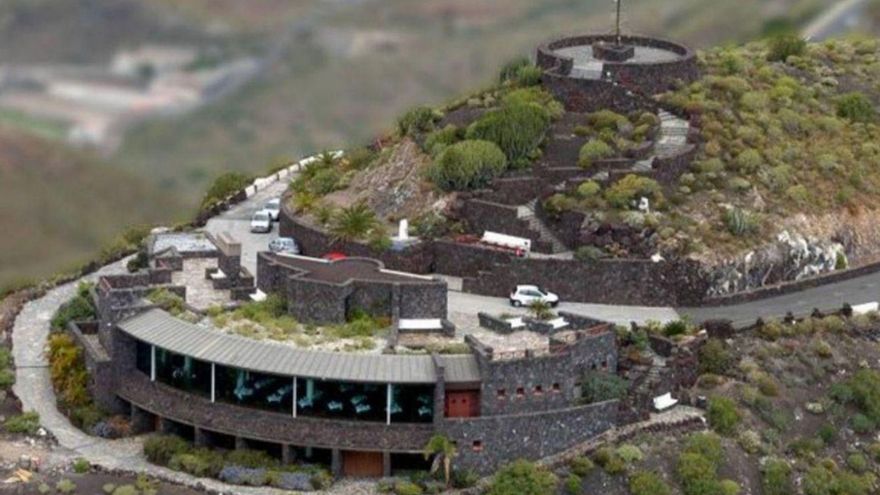The 2025/2026 academic year began this Tuesday in Canaries with the return to classrooms of over 106,000 pupils in Early Years and Primary Education. The President of the regional government, Fernando Clavijo, and the Education Councillor, Poli Suárez, attended the opening ceremony held at CEIP Güime, a unitary school in the municipality of San Bartolomé, which represents the commitment to local education in the islands. The Canaries commence the school year with nearly 236,000 students, along with increased teaching staff and improved infrastructure.
In the coming days, the integration of the various educational levels will be completed: on Wednesday, Secondary Education (ESO) will join, followed by Sixth Form (Bachillerato) on Thursday, and next week, Vocational Training and other educational offerings will commence. In total, around 236,000 students will fill the classrooms across the Canaries this academic year.
Commitment to Quality Education
Clavijo emphasised that the start of classes marks the launch of the main engine for equality and the future of the archipelago: a quality public education system, accessible in all corners of the territory. He also highlighted that the government aims for an inclusive system tailored to current challenges such as digital transformation and climate change.
Investment in Resources
Suárez praised the role of unitary schools as vital spaces for sustaining life in rural communities, assuring that they will be reinforced with additional resources. He also outlined some priorities for this year: reducing class sizes, increasing teaching staff, decreasing bureaucratic burdens on teachers, adapting schools to heatwaves, and a strong focus on Vocational Training and Early Years education (ages 0 to 3).
This academic year will see the first phase of the agreement aimed at gradually reducing the number of students per class, placing the Canaries among the regions with the best indicators in this area. To achieve this, the public network will include 700 more teachers, the creation of 195 new classes, and a special emphasis on support for diversity, including the addition of counsellors and specialists in therapeutic pedagogy.
Infrastructure Improvements
Investment in infrastructure has also been a key focus over the summer, with over €9.3 million allocated to enhancing around one hundred schools and specific projects such as asbestos removal, modernising electrical installations, and creating dedicated classrooms. These improvements will be complemented by the acquisition of furniture and the installation of shaded areas in playgrounds and sports courts, along with strategic projects like the Educational Infrastructure Shock Plan in southern Tenerife.
New Training Opportunities
Another notable development is the opening of four new Vocational Training centres in El Hierro, La Gomera, Fuerteventura, and Gran Canaria, alongside two compulsory education centres in Tenerife and Gran Canaria, which will join the public network to meet the growing demand.
The inaugural event was attended by local and municipal officials, as well as representatives from the school itself, alongside students who recited verses about education, and musical performances that added cultural richness to the day. The Canaries commence the school year with nearly 236,000 students and enhanced teaching staff and infrastructure.














